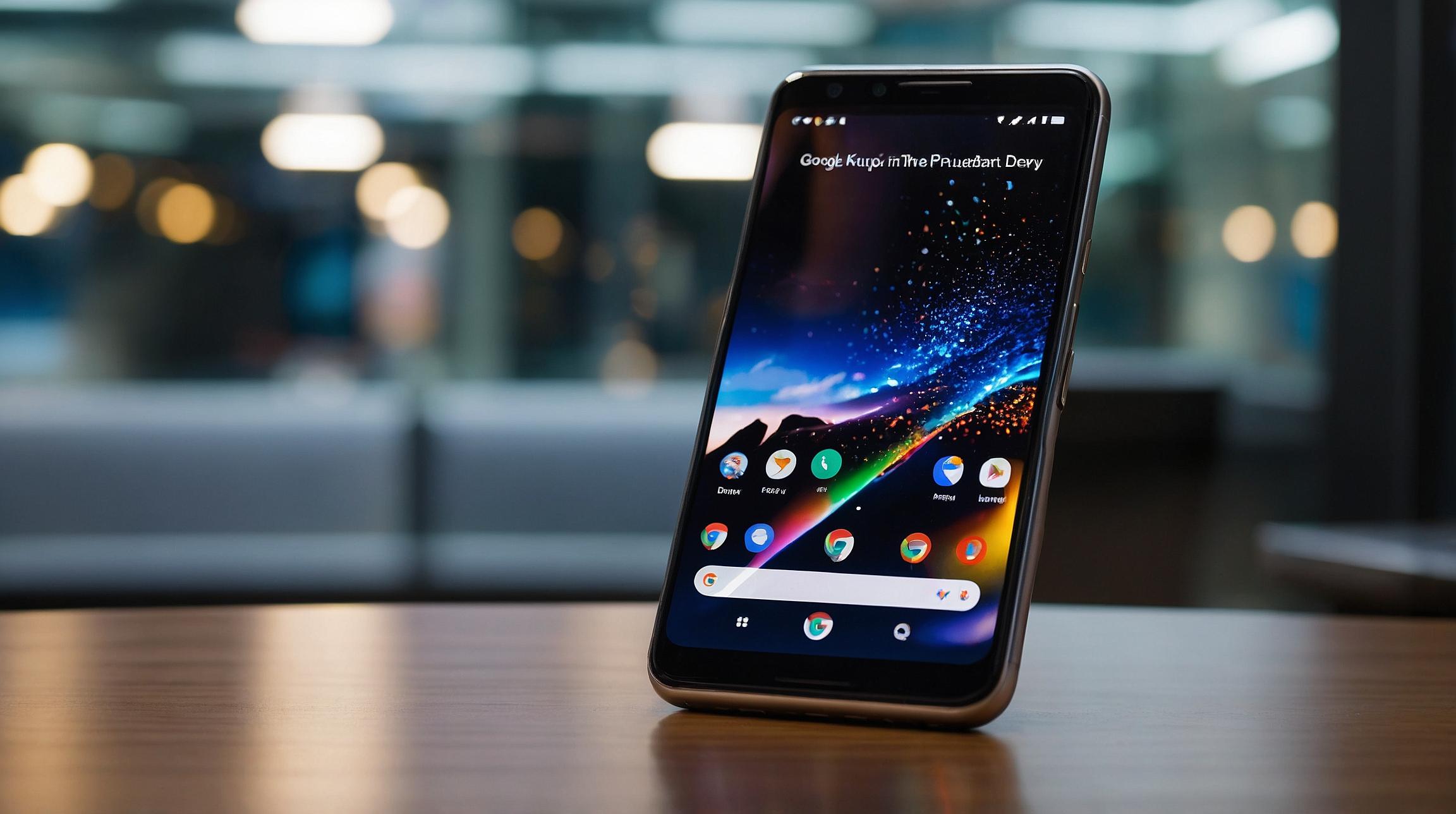OpenAI Staff Grapple with Social Media Expansion
Several current and former researchers at OpenAI have openly expressed concerns regarding the company’s recent launch of Sora, a social media app featuring AI-generated short videos reminiscent of TikTok. The app notably includes deepfakes of CEO Sam Altman, sparking debate over how this new venture aligns with OpenAI’s longstanding nonprofit mission to develop AI that benefits humanity. John Hallman, a pretraining researcher at OpenAI, candidly described AI-driven feeds as “scary” in a post on X (formerly Twitter). While acknowledging unease about Sora’s release, he credited the development team for their efforts to create a positive user experience focused on benefiting society.“AI-based feeds are scary. I won’t deny that I felt some concern when I first learned we were releasing Sora 2. That said, I think the team did the absolute best job they possibly could in designing a positive experience … We’re going to do our best to make sure AI helps and does not hurt humanity.”
Tensions Between Consumer Growth and Nonprofit Mission
The introduction of Sora underscores a persistent tension within OpenAI: balancing rapid consumer technology growth with its foundational nonprofit mission. As the fastest-growing consumer AI company globally, OpenAI faces scrutiny over how its commercial ventures support or potentially conflict with its commitment to develop advanced AI for the public good. Some former employees argue that revenue-generating products like ChatGPT can fund vital AI research and democratize access to AI technologies, aligning with OpenAI’s mission. However, the question remains: at what point does pursuit of profit risk overshadowing ethical priorities? OpenAI CEO Sam Altman addressed these concerns in a recent post on X, emphasizing the necessity of capital to build AI capable of scientific breakthroughs while acknowledging the value of engaging consumers with innovative products.“We do mostly need the capital for build AI that can do science, and for sure we are focused on AGI with almost all of our research effort,” Altman said. “It is also nice to show people cool new tech/products along the way, make them smile, and hopefully make some money given all that compute need.”
Altman further noted the complexity of balancing long-term goals with practical business realities, highlighting the nuanced trajectory required for the company’s growth.Regulatory Concerns Amid For-Profit Transition
OpenAI’s evolving for-profit status has drawn attention from regulators, including California Attorney General Rob Bonta, who recently expressed concerns about preserving OpenAI’s safety mission post-restructuring. The scrutiny reflects broader skepticism about whether OpenAI’s nonprofit mission is a genuine commitment or a strategic branding tool to attract top talent from major tech firms. Insiders at OpenAI, however, maintain that the mission remains central to their work and identity.Sora App: A New Chapter in AI-Driven Social Media
Though Sora is still in its infancy, the app represents a significant expansion of OpenAI’s consumer offerings. Unlike ChatGPT, which prioritizes utility, Sora is designed for entertainment, offering AI-generated clips in a TikTok-like feed. OpenAI has acknowledged the risks associated with addictive social media feeds—such as doomscrolling and user isolation—and has implemented safeguards. These include reminders to limit prolonged scrolling and prioritizing content from users’ social circles rather than maximizing time spent on the app. These measures position Sora more cautiously than competitors like Meta’s recently launched AI-powered short-form video platform, which appears to lack comparable protections.“Concerns about doomscrolling, addiction, isolation, and RL-sloptimized feeds are top of mind,” OpenAI stated in its Sora launch blog post. The company emphasized it is optimizing for creation over consumption to avoid the pitfalls of traditional social media algorithms.
Despite these efforts, early users have noted engagement features such as dynamic emojis that may encourage addictive behavior by triggering dopamine responses, raising questions about the app’s true alignment with user wellbeing.Looking Ahead: Balancing Innovation and Responsibility
The critical test for OpenAI will be how it manages Sora’s growth without repeating the mistakes of legacy social media platforms. CEO Sam Altman has previously acknowledged the “big misalignment of social media,” where algorithms inadvertently encourage excessive user engagement to the detriment of societal wellbeing.“One of the big mistakes of the social media era was [that] the feed algorithms had a bunch of unintended, negative consequences on society as a whole, and maybe even individual users,” Altman said in a June podcast. “Although they were doing the thing that a user wanted — or someone thought users wanted — in the moment, which is [to] get them to, like, keep spending time on the site.”
As AI increasingly integrates into social media, OpenAI’s approach with Sora could set important precedents for ethical AI-driven content platforms. The company’s ability to maintain its mission focus while scaling consumer products will be closely watched by industry observers and regulators alike.FinOracleAI — Market View
OpenAI’s launch of the Sora app marks a pivotal moment as it ventures deeper into AI-powered consumer social media. While the move promises innovative engagement opportunities, it also raises significant governance and ethical questions about balancing profit motives with the company’s nonprofit roots.- Opportunities: New revenue streams to fund advanced AI research; potential to pioneer responsible AI content platforms; increased user engagement through novel AI experiences.
- Risks: Potential mission drift toward profit over public good; regulatory challenges amid for-profit restructuring; risk of replicating addictive social media dynamics despite safeguards.













